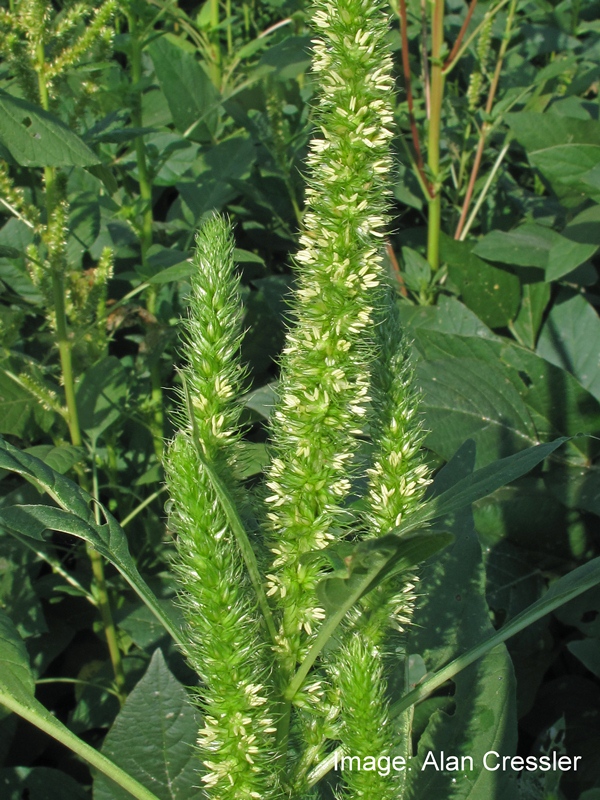The Minnesota Department of Agriculture (MDA) has positively identified the invasive weed Palmer amaranth in Polk County. The confirmation came after the MDA inspected a field being used for the disposal of agricultural screenings.
The MDA collected a sample of the screenings material and determined by genetic testing that it was contaminated with Palmer amaranth seed. The field was scouted, and MDA staff found several dead Palmer amaranth plants on the field’s edge remaining from last year, suggesting the plants had grown and matured.
The landowner is working with the department to eradicate any of the weeds moving forward. At this time, the MDA believes the issue is isolated to only one field. The field and the surrounding area will be a priority for MDA field scouting this summer.
Since it was first discovered in the state in 2016, Palmer amaranth has been found in ten Minnesota counties, including Polk County. However, most of the sites have been successfully eradicated and the remaining are being closely monitored. Details of previous finds can be found on the MDA website.
Palmer amaranth is listed as a noxious weed in Minnesota. All above and below ground parts of the plant must be destroyed, and it cannot be moved. The weed is also listed as a prohibited weed seed in the state. This means no Palmer amaranth is allowed in any seed offered for sale in Minnesota.
Left uncontrolled, a single female Palmer amaranth plant typically produces 100,000 to 500,000 seeds. It is resistant to multiple herbicides, can cause substantial yield losses, and greatly increase weed management costs in soybeans and corn.




